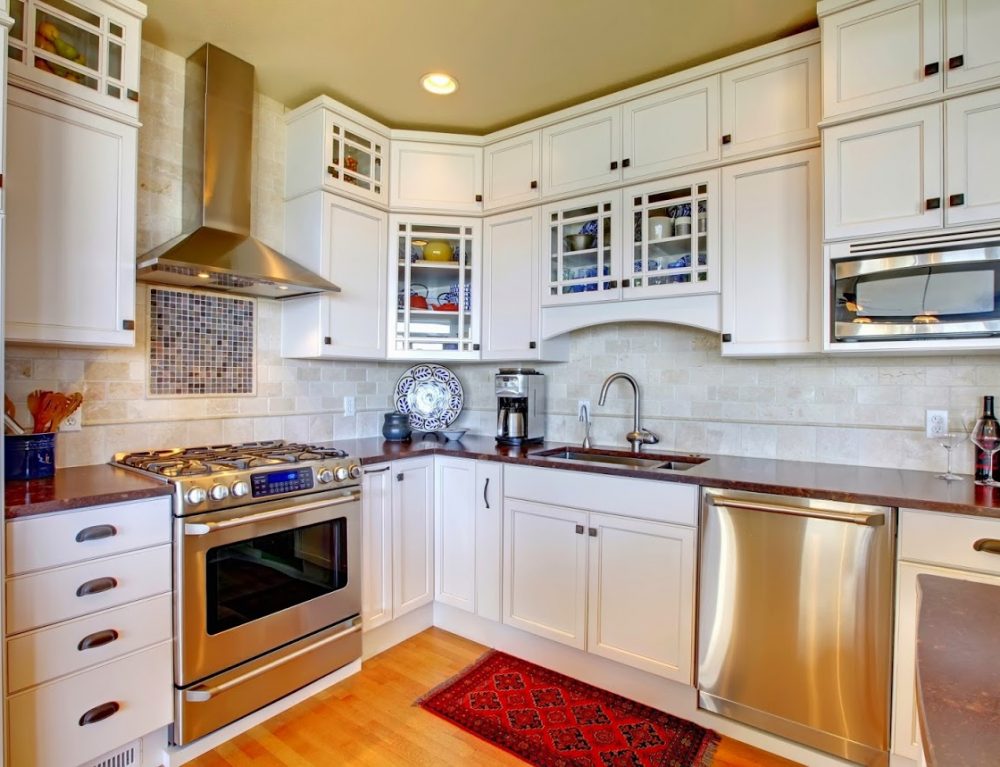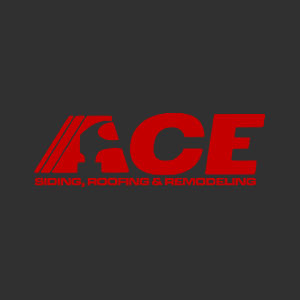The do’s and don’ts
When we think of a kitchen remodel, we aim for a space that is functional and easy to work and live in. Before you start planning a new kitchen, let’s begin with whether you want to update your current kitchen or start new. For instance, a kitchen remodel can add value to your home. Remodeling kitchens is a complicated undertaking; however, it can be enjoyable if you follow these nine tips to help transform or create your dream kitchen with fewer headaches and less stress.
Process 1: Getting Ideas
This process is about trying to think about what is absolutely necessary and how you want to use your kitchen. Spending money on an extra sink that is separate from your main sink will help you prepare food or do dishes without being in the way that a wine refrigerator you may never use.
Get your ideas from all possible sources, including Houzz guides and photos, kitchen showrooms, books, and magazines. Ask yourself:
- What are your priorities?
- How many people will be cooking and gathering here?
- Do you need more space?
Or, are you okay with your existing footprint?
When you know what you want, start saving pictures of kitchens with features that suit your needs. Your ideas can be organized in a scrapbook setup or it can be filled with random images stuffed into folders and ideabooks.
Process 2: Plan for Budget and Scope of Work
This process is about formulating what’s commonly referred to as a scope of work and figuring out what is your preliminary budget. Steps:
- Come up with a rough budget.
- Come up with a wish list of everything you want.
- Pull tear sheets and create ideabooks of your vision.
- Get referrals for designers, architects, and contractors.
- Check references and ask about fees.
- Meet the pros at your home.
As budget and scope are entwined and may change many times during the design process as you become knowledgeable to reconcile what you want and what you can afford.
Process 3: Hiring the Professionals
A kitchen renovation can be one of the most complicated renovations out of all the home improvement projects possible in a home. No matter how big your project will be, you’re going to hire and work with a professional at some point. Who to hire?
- Know the different types of kitchen designers.
- If you choose to work with a retailer, there likely will be designers on staff at no additional cost for their services.
- Other designers work independently at an hourly or per-project rate. Because they’re not affiliated with a particular store or brand, they can sometimes be less restrictive about materials.
If you choose an independent professional, ask for referrals from friends or colleagues.
Request to see examples of the designer’s previous work and ask for client references in order to guarantee that he or she is a qualified match for your needs.
Process 4: Focus on Layout and Space Planning
This process includes sketches, space planning, preliminary floor plans and elevations showing the layout and cabinet sizes.
- Check your existing kitchen’s footprint.
- Think about traffic patterns (at least 42 inches wide in homes with one cook and 48 inches in areas with more than one cook)
- Create a drawing of your kitchen with accurate measurements (Include: heights of cabinets, ceilings, plumbing, and electrical fixtures)
- Measure doors to be sure the appliances choose will actually fit through them.
- Figure out materials will go where.
- How many square feet you will need?
- How much this will cost?
Be sure to focus on the layout and space planning before the kitchens aesthetics to avoid from destructions and delays.
Process 5: Final Selection of Fixtures and Finishes
Decide what type of final fixtures and finishes you will need. Whether you want granite countertops or another surface, go for stainless surfaces and what type of faucets you may want in your sink area. Remember that your fixtures and finishes should complement your lifestyle. Includes:
- Cabinetry construction type, door style, finish and color
- Countertop material
- Refrigerators and other appliances
- Kitchen sink and faucet
- Light fixtures
- Flooring
- Backsplash
- Decorative hardware
Process 6: Design Development and Construction Documents
This is where most professionals will develop design and construction documents for you that will outline the process exactly. It may include information on what the process is should there be any snags and complications.
For example, a granite countertop that comes in the wrong color or an electrical problem that prevents an appliance from working properly. Make sure that your contractor explains the whole process should things go wrong so there are no surprises. It is also critical to get all professional agreements in writing to protect both the contractor and the homeowner should something go wrong.
It’s important to have finishes and fixtures selected at this time since this is where your final permit set or Construction Drawings (CDs), final pricing from the contractor and submission of permits come into play.
Process 7: Get Estimates from Contractors
If in this process, you haven’t had a licensed contractor; your next step is to find one to carry out the project. Request for at least 3 different contractor estimates and do a preliminary walk-throughs with the contractors once the schematic design phase is done so you can get some ballpark estimates to find out if you’re on the right track or need to pull back to fit the budget. What to look for:
- The contract itself
- A physical address
- License
- Insurances
- Duration of work
- Exclusions
- EPA lead safety certification
- Payment schedule
- Warranty
Process 8: Get Ready for Demolition
So you are all set from planning, agreements have been signed, and it is time to get things in order for demolition day. Remember, preparation and organization can save your sanity.
You must discuss the logistics ahead of time and establish expectations with your contractor to make for a smoother ride.
- Will you meet once a week for updates?
- Will you have to be out of the house for certain tasks like demo or flooring?
- What about debris removal and dust?
- Are there any family allergy issues?
- What is a typical workday for the crew?
Once logistics are cleared, plan to:
- Make a list of all the items you need to have onsite
- Empty out your cabinets
- Have boxes for all your cookware and dishes that you can label
- Designate a temporary kitchen
- Stash the essentials close at hand
- Plan meals around small appliances
- Stock the pantry with disposables
- Keep a stash of nonperishable snacks
- Put your grill to work if the weather permits
- Might be a good time to take a short trip
- Remember the grand scheme
Process 9: The Dreaded Punch List
Once construction is almost over, there are often about the little things such as switch plate, a caulk line that shrank, missing knobs, paint touch-ups or broken tiles that occur after the job has been completed. And sometimes there are bigger things like the hood doesn’t work, or there’s a big scratch in the newly refinished floor. Withhold final payment, until the contractor returns to finish the minor things, but if the contractor does not return, use the final payment to hire someone else.
These nine tips can help the remodeling of your kitchen go smoothly. Even if the problem arises, you will have a designated plan in place.

